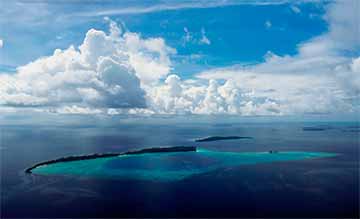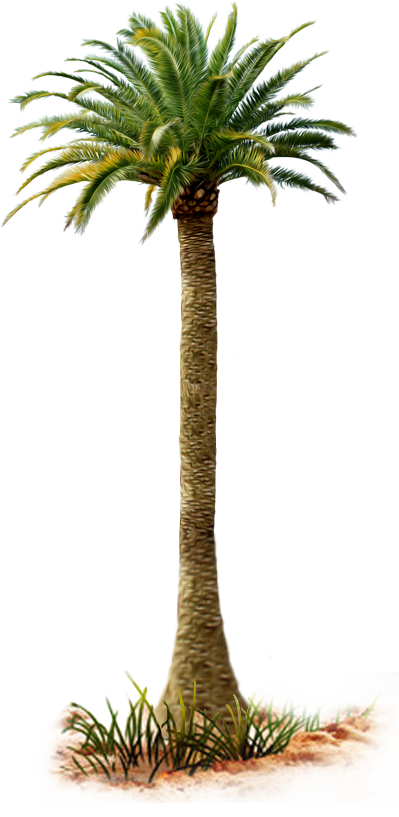Climate change impacting on the Solomon Islands forcing people to migrate from their traditional islands leaving behind their unique culture and customary ways.
In an article I contributed last week, and published on LinkedIn, I wrote about understanding the human side of climate change relocation and especially mentioned the difficult decisions being faced by communities in the Lau Lagoon and those who had been forced to move out from Taluabu island in the Solomon Islands,
I said those who had lived on Taluabu were compelled to leave their land, their homes and the way of life they had enjoyed for many decades because rising sea levels had taken everything beneath the waves.
Whether my article prompted a tragic piece in today’s Solomon Star newspaper telling the real story the people of Lau are facing with an existential threat from climate change, I cannot say, but worth quoting what the Solomon Islands published.
“Global warming is making its presence felt amongst the island dwellers in the Lau Lagoon off the north-east tip of Malaita in the Solomon Islands archipelago. The people of Lau have survived on their man-made island homes for centuries. “
“The rise in sea levels and erratic weather patterns make these islanders no longer safe in homes so intimate with the sea. As a result, the residents have no choice but to flee the ever-deteriorating impacts that climate change has brought on their island environments.”
“The unusual changes in the weather are visiting us more frequently nowadays and are battering our island homes at ferocities never experienced before,” Merrian Dolaiasi told Samson Sade of the Solomon Star.
He went on to say, quote.
“Increasing numbers of these once boisterous and vibrant island homes now lay uninhabited and most have fallen into disrepair. Some islands could barely make it above water during high tides whilst others are distinguishable only by the thick vegetation that has now claimed these islands.”
“The tides are unusually high, unpredictable and irregular. “Like the weather, the tide is losing its pattern.”
“.Of the chain of man-made islands that lined the coastal waters of Lau, only a few are inhabited whilst most are crumbling under the relenting waves generated by the surging tides that rush into the lagoon every-day.”
“The villagers are overwhelmed by the threats poise by the sea. “It’s sad to see this once iconic feature of Lau abandoned to the mercy of the rising waters,”
“We used to build low thatched houses on these islands because of our exposure to the prevailing winds. Nowadays, however, houses are built high on stilts increasing our vulnerability to cyclonic wind phenomenon and we no choice because ground-level homes are susceptible to inundation during high tides. High tidal surges could easily flood the islands and the impacts of such tides are far more devastating during the night because one would then stand no chance of rescuing any property of value to the family.”
“The dangers, together with the worsening conditions on the islands are pushing the residents to search for new land on the mainland of Malaita to settle. However, such a move would also have its drawbacks. The potential for disputes over land between the villagers on the man-made islands and those inland are real and explosive. Moving to the mainland would trigger tensions between ethnic groups over the limited jobs and resources available.”
“Out of fear of creating a problem for oneself, a growing number of island residents are opting to move to urban areas especially Honiara, leaving behind their unique cultures and traditions that have long shaped who they are.”
Yours sincerely
Frank Short


